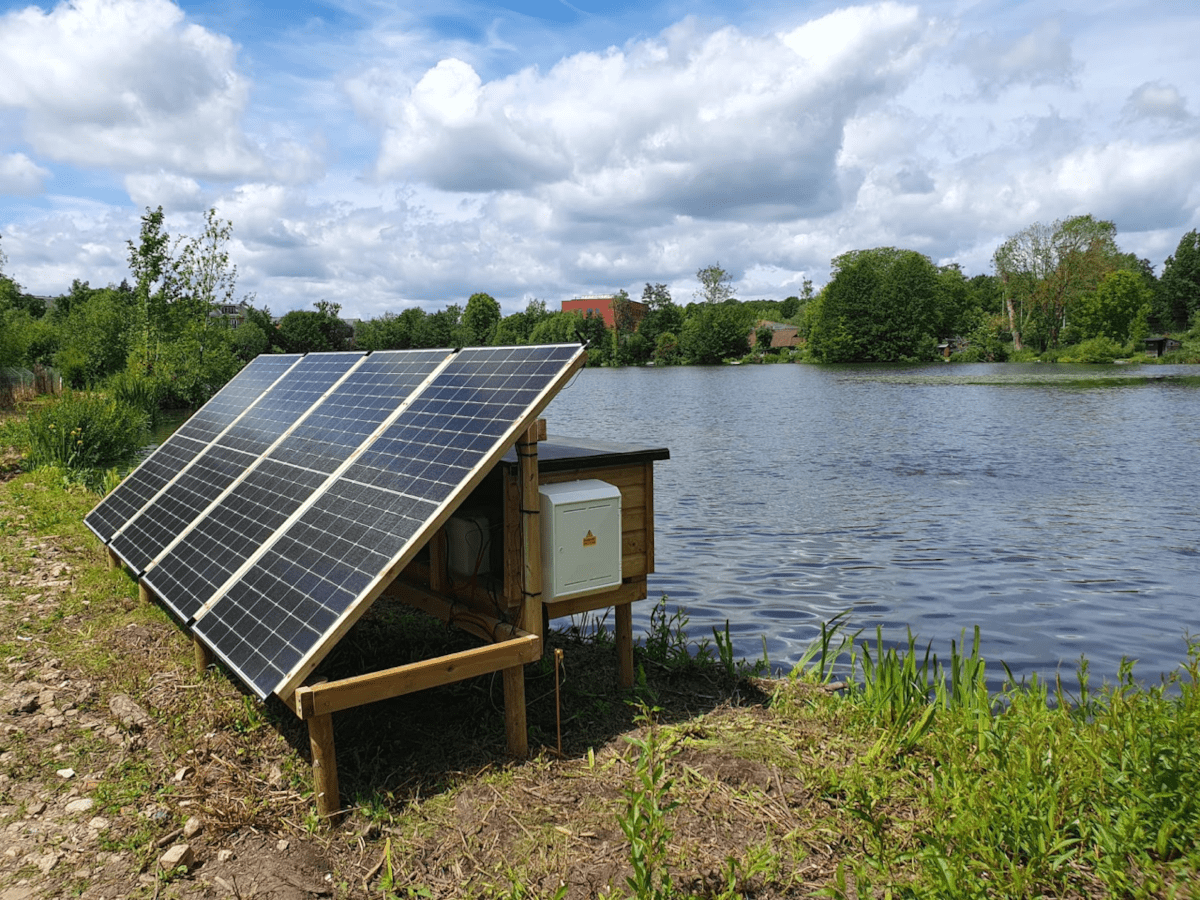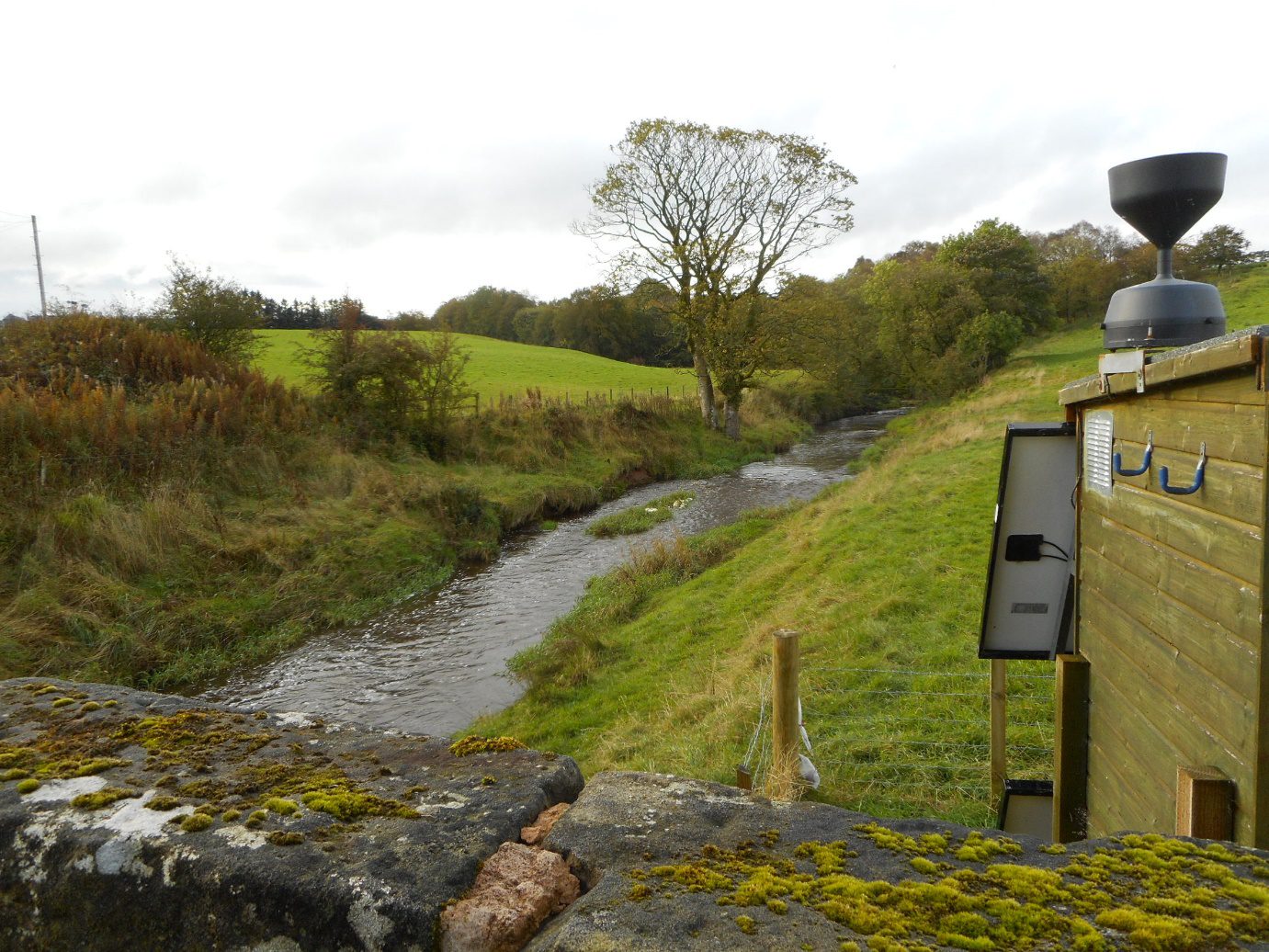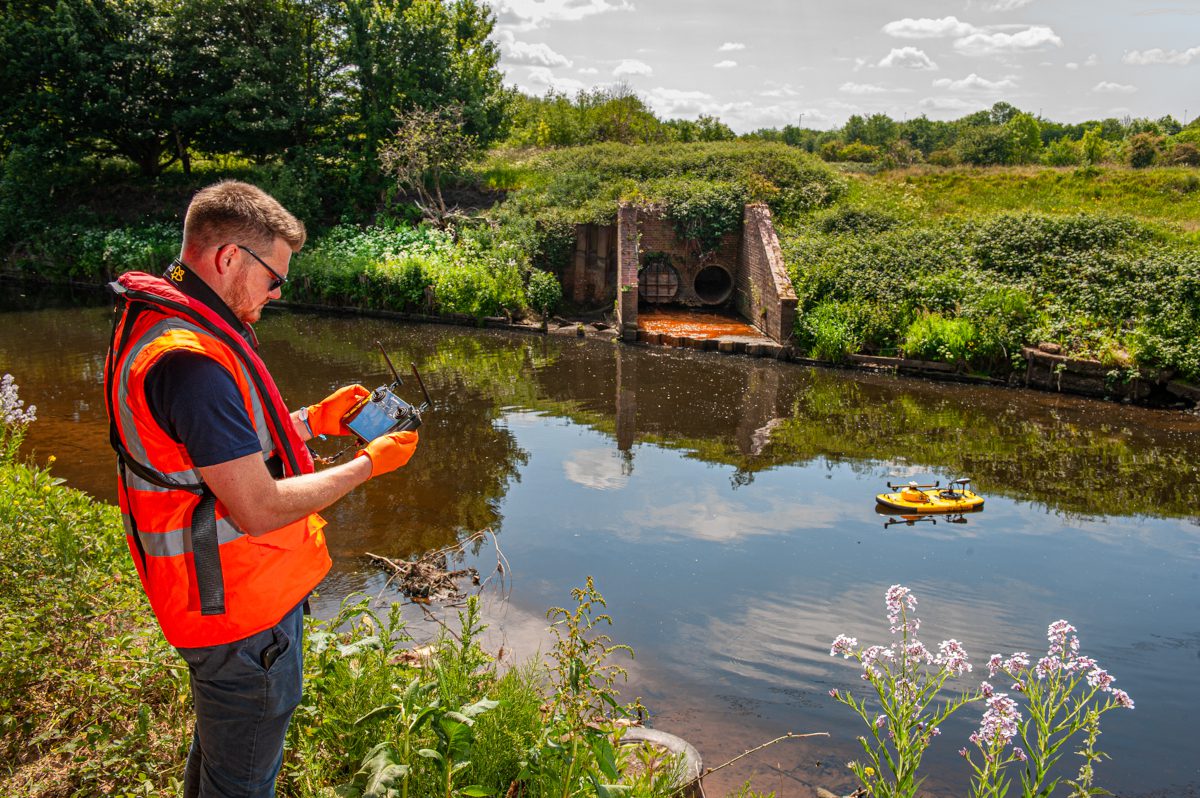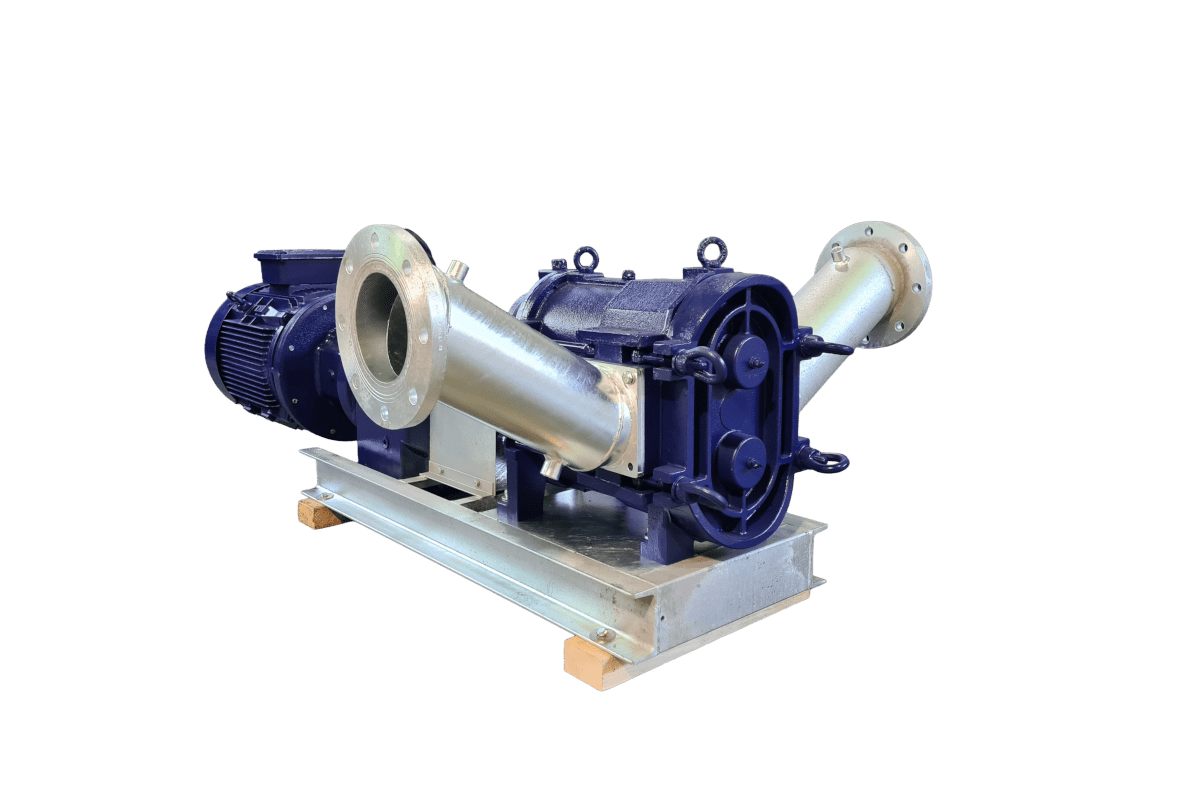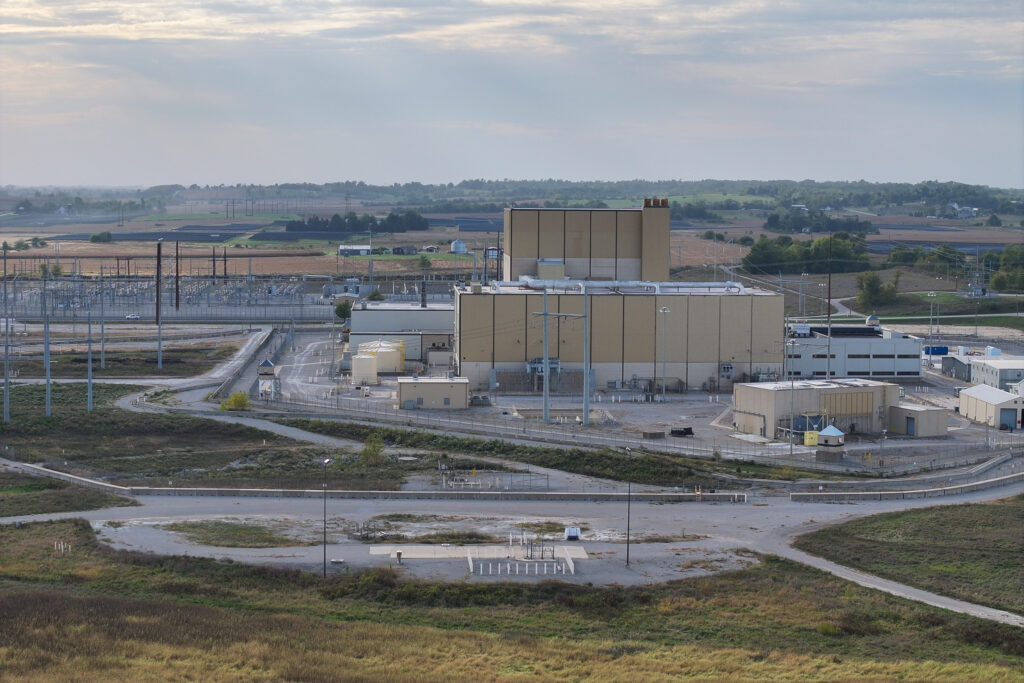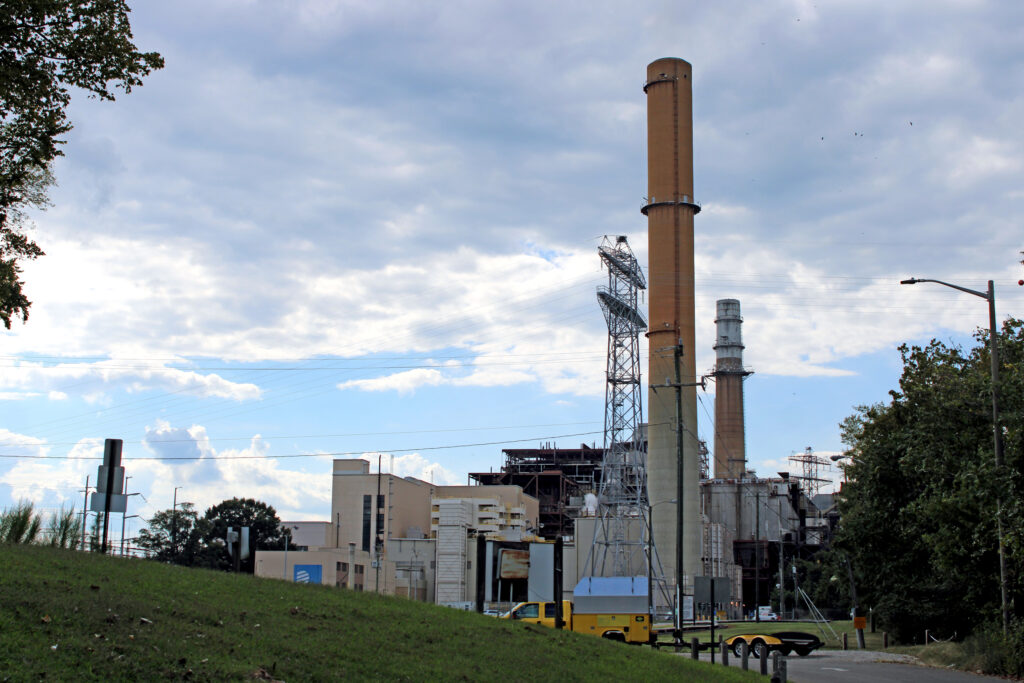Researchers have found a new way to remove a common pollutant from water using controlled waves of ultrasound, without the use of additional chemicals.
The system, developed by chemists from the University of Glasgow, can scrub up to 94% of the traces of Bisphenol A (BPA) from samples of contaminated water by using ultrasound to create conditions similar to the surface of the sun in bubbles of contaminated water.
The approach appears to offer a novel refinement of pre-existing ultrasound approaches to removing BPA, which produce cavitation bubbles but with lower energy or efficiency, and in some cases with a reliance on chemical catalysts or oxidisers to enhance BPA degradation.
In the future, scaled-up versions of this latest prototype could be used in water treatment plants, say the group. It could also help industry remove BPA and other hard-to-treat pollutants from wastewater before it is discharged into public waterways.
Currently, around 10 billion kilograms of BPA are produced each year, mainly for use in plastics. When traces of BPA enter the human body, they can build up over time, disrupting the endocrine system and upsetting the delicate balance of hormone production. Exposure to BPA has been shown to have negative effects on foetal development and has been linked to the development a range of serious health conditions in adults.
Although BPA’s use in common consumer goods like food packaging, reuseable bottles and thermal paper receipts has been reduced in recent years, its decades of widespread use in the plastics industry has made it a common pollutant in water supplies around the globe.
In a paper published in the journal Ultrasonics Sonochemistry, researchers from the University of Glasgow’s School of Chemistry show how they developed a dual-frequency ultrasound system to help eradicate BPA from water.
It works by generating millions of highly-energetic microscopic bubbles in contaminated water through the application of controlled ultrasound. When these bubbles grow and collapse, they briefly create extreme conditions of high temperature and pressure, creating highly-reactive ‘hot spots’. The conditions in these hot spots are intense enough to break BPA molecules down into harmless substances like carbon dioxide, safely removing the pollutant from the water.
Combining two frequencies of ultrasound during the process enabled the researchers to produce more powerful effects than a single frequency of ultrasound could achieve. In the lab, they tested the system’s effectiveness by measuring both the direct removal of BPA molecules and the broader reduction of organic pollutants when they were exposed to frequencies combined at either 20 kHz and 37 kHz, or 20 kHz and 80 kHz.
The 20 kHz / 37 kHz achieved the best results in the 40-minute tests, degrading 94% of the BPA in samples of polluted water and creating a 67% reduction in chemical oxygen demand. Chemical oxygen demand is a metric often relied on by the water industry to assess water quality. It is used as an indirect measure of the amount of carbon-based matter in water by measuring the oxygen needed to chemically oxidise all of this matter to harmless species like carbon dioxide.
Shaun Fletcher, the paper’s first author, said: “Traditional water treatment facilities aren’t fully equipped to deal with BPA pollution. At the moment, where they do try to deal with it, the focus is on removal with activated sludge, or with absorption on activated carbon. Once removed from water, the BPA hangs around in this sludge or carbon, and still needs disposed of. We’ve focused on actively degrading the chemical itself, with no secondary treatment required.
“What we’ve been able to show for the first time is that ultrasound alone can offer an effective method of removing BPA from water. Previous work in this area has required combining ultrasound with catalysts or other chemicals, but our dual-frequency approach is much simpler. You don’t need to worry about removing your catalyst or further purifying your water by removing anything you’ve added to it in the treatment process.”
Paper co-author Dr Lukman Yusuf said: “The key to this approach is the quality of the the bubbles we’re generating using ultrasound. We’ve shown in this that we can reliably generate bubbles with the conditions required to degrade BPA, building on previous research from the group which demonstrated its effectiveness in removing methylene blue, another common water pollutant.
“Ultimately, we’d like to expand this technique to help tackle a wide range of pollutants, including ‘forever chemicals’ like PFAs. We’re currently in discussions with water companies to explore how this technology might be adopted in industry in the years to come.”
The research is the latest development from the School of Chemistry’s Symes Group in the field of sonochemistry, which uses controlled sound waves to drive chemical reactions.
In June, the team showed how ultrasound can be used to produce nitrate from air and water, a breakthrough development which could help farmers sustainably generate their own fertiliser.
Professor Mark Symes leads the group and is the paper’s corresponding author. He said: “Sonochemistry is a technique which is only just starting to realise its full potential as sophisticated ultrasound technology becomes more affordable and researchers around the world are more readily able to explore what it can do. This paper is a robust demonstration of ultrasound’s potential to clean up our waterways, which could help reduce the health impacts of BPA.
“Ultrasound won’t replace conventional sewage treatment – those 120-year-old systems work fine for regular sewage and they’re cheap. But we’re going to see an increasing need for new solutions for targeted applications, particularly for these sorts of toxins. That’s where ultrasound can really excel because the conditions inside those tiny bubbles are literally out of this world, yet we can stand right next to the process and watch the degradation happen without any protective equipment.”
The team say they are now working to scale up their laboratory prototype to handle larger volumes of water, as well as continuing to explore the potential of ultrasound to remove a wider variety of pollutants from contaminated water.
Dr Zeliha Ertekin also co-authored the paper, titled ‘Sonochemical degradation of bisphenol A: A synergistic dual-frequency ultrasound approach’, which is published in Ultrasonics Sonochemistry.
The research was supported by funding from the Engineering and Physical Sciences Research Council (EPSRC), the Royal Society and the University of Glasgow.





